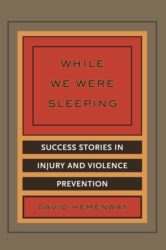To mark our 30th anniversary, in each of this year’s issues our editor-from-day-one, Deborah Davis Stewart,* ((Update: Currently Editor Emerita.)) will give us a peek at some of the important headlines, news stories, and/or quotes from sequential periods of CPS history. In this issue, she looks back to the very beginning of the newsletter. Does some of this look familiar?
Read More from “Safe Ride News—30 Years Young!”
Safe Ride News—30 Years Young!
A Review of 30 Years of the Safe Ride News Newsletter is a Journey Through CPS History







